7 Reasons You Should Avoid Fried Rice At A Chinese Restaurant
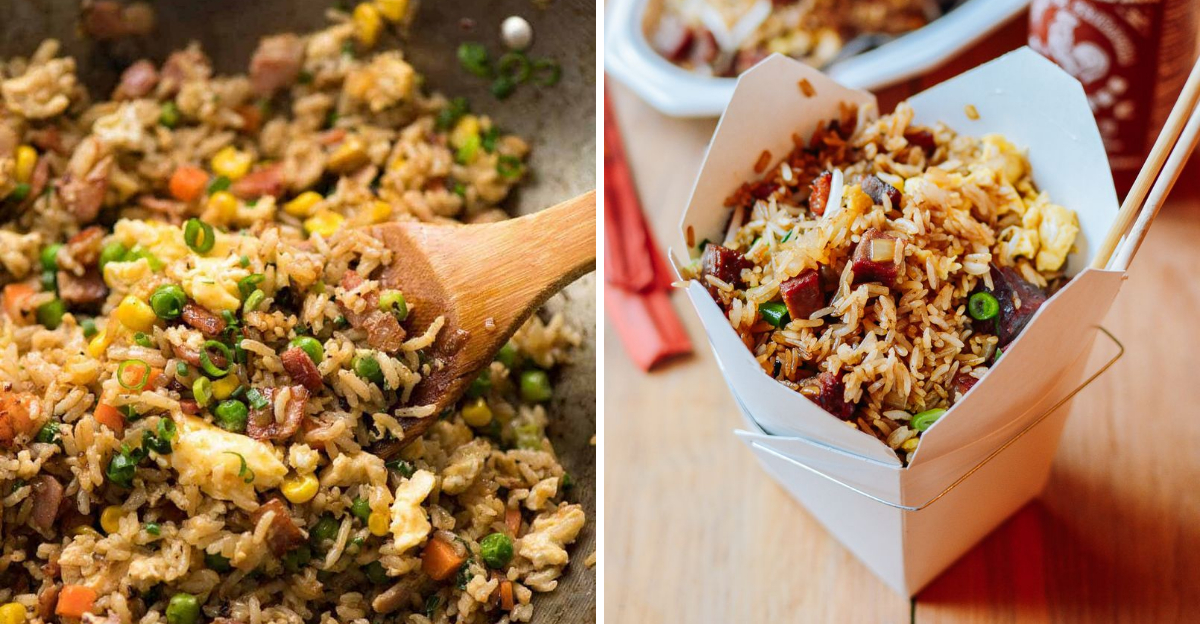
Fried rice, a staple dish in many Chinese restaurants, may seem like a tempting option. However, there are several reasons why you might want to reconsider ordering this dish. From hidden calories to potential food safety issues, here are seven compelling reasons to steer clear of fried rice at your next Chinese meal.
1. Hidden Calorie Trap

Fried rice might appear as a simple dish, but it can be a hidden calorie trap. Often cooked with a generous amount of oil, this dish can quickly surpass your daily calorie intake.
Add ingredients like eggs, fried meat, and sometimes oily sauces, and the numbers keep climbing. For those watching their weight or maintaining a balanced diet, this can be a significant concern.
Restaurants often use more oil than necessary for that extra flavor, making it a less healthy choice. Think twice before indulging next time!
2. High Sodium Levels
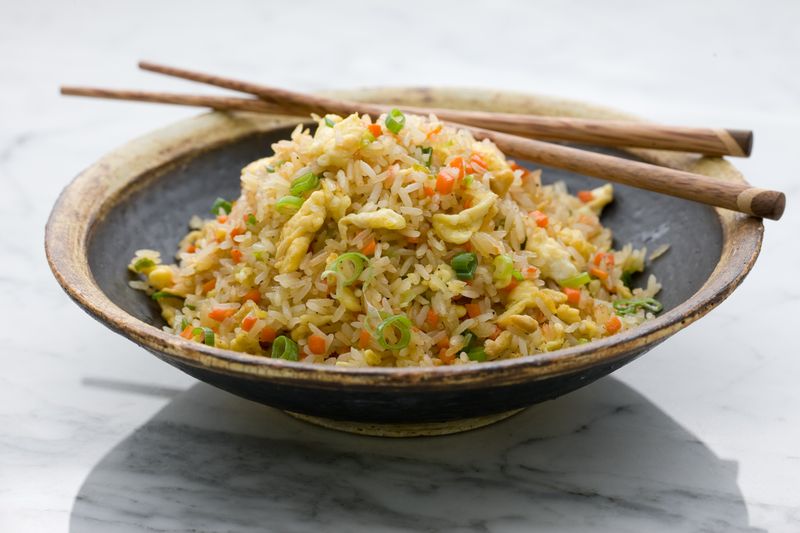
Did you know that many servings of fried rice contain more sodium than a single day’s recommended limit? The soy sauce, a key ingredient, contributes significantly to this high sodium content.
Excessive sodium intake can lead to health issues like high blood pressure and heart disease. This makes fried rice a less appealing choice for those looking to maintain heart health.
Next time you dine out, consider how much salt might be in that tempting plate of rice. Opting for steamed options could save your health and waistline!
3. Risk of Cross-Contamination

Cross-contamination is a real risk when it comes to fried rice, especially in busy restaurant kitchens. Utensils used for raw meat may also touch the rice, posing a health hazard.
This can lead to foodborne illnesses, making it unsafe for those with sensitive stomachs. Additionally, not all restaurants adhere to strict hygiene standards.
Being aware of cross-contamination risks can help you make safer dining choices. Better safe than sorry when it comes to your health!
4. Questionable Ingredient Quality
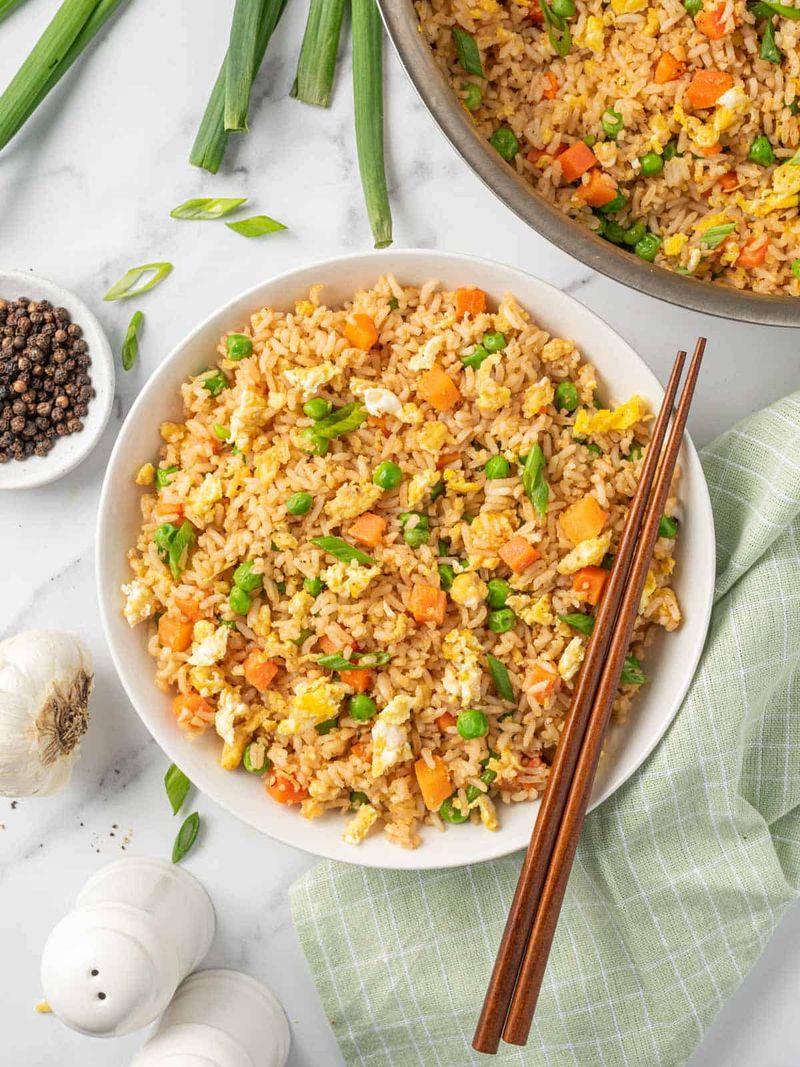
The quality of ingredients in fried rice can sometimes be questionable. Often, restaurants use leftover meats and vegetables that may not be the freshest.
This practice allows them to cut costs, but it comes at the expense of your dining experience. Eating such ingredients can impact the taste and lead to disappointment.
For those who prioritize quality in their meals, this is certainly something to consider. Freshness is key, and fried rice may not always deliver on that front.
5. Oily and Greasy Texture
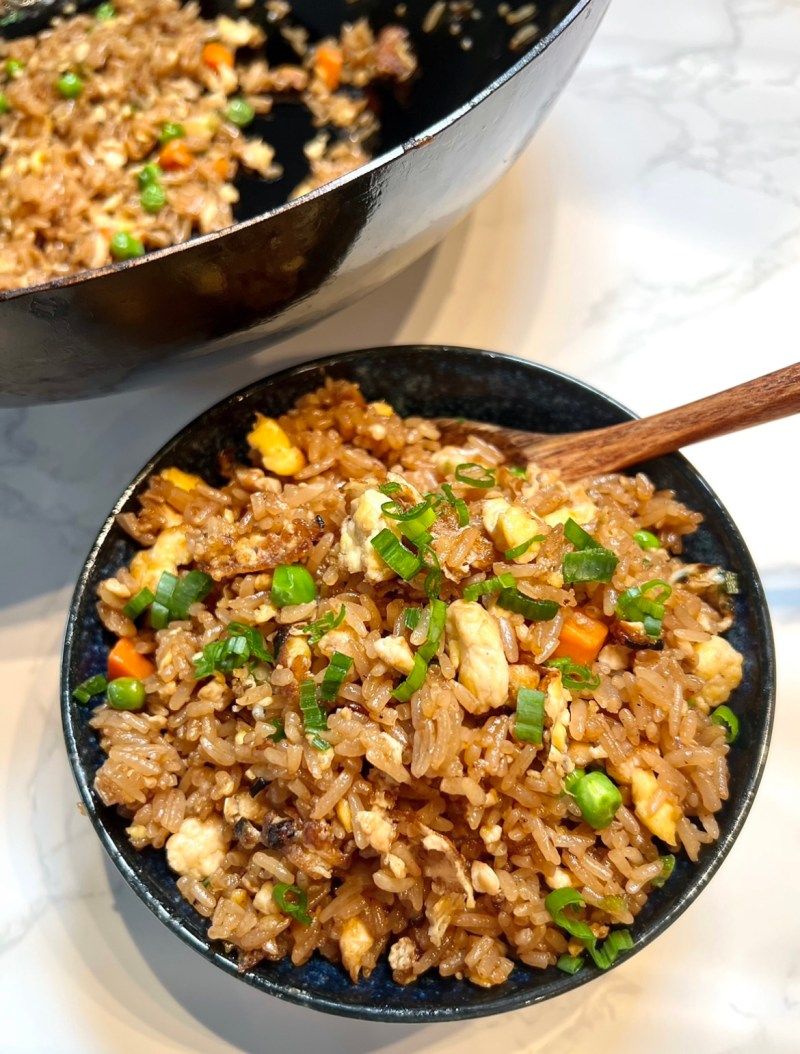
Fried rice often features an oily and greasy texture that can be off-putting. The heavy use of oil not only ups the calorie count but also affects the dish’s texture.
This greasy consistency might overshadow the flavors, leaving you with a heavy feeling post-meal. For those who prefer light and flavorful dishes, fried rice might not hit the mark.
Considering alternatives like steamed rice or other lighter options could enhance your dining experience without the after-meal sluggishness.
6. Lack of Nutritional Value

Fried rice is often low in essential nutrients, providing minimal vitamins and minerals your body needs. The dish focuses more on taste than nutritional value, which can be a drawback.
For individuals seeking a balanced diet, fried rice might not meet dietary needs. Consuming meals lacking in nutrients can affect overall health and wellbeing.
Exploring alternative dishes that offer a balance of proteins, carbohydrates, and vegetables might be more beneficial. Nutrient-rich meals are the way to go for optimal health.
7. Potential Allergens
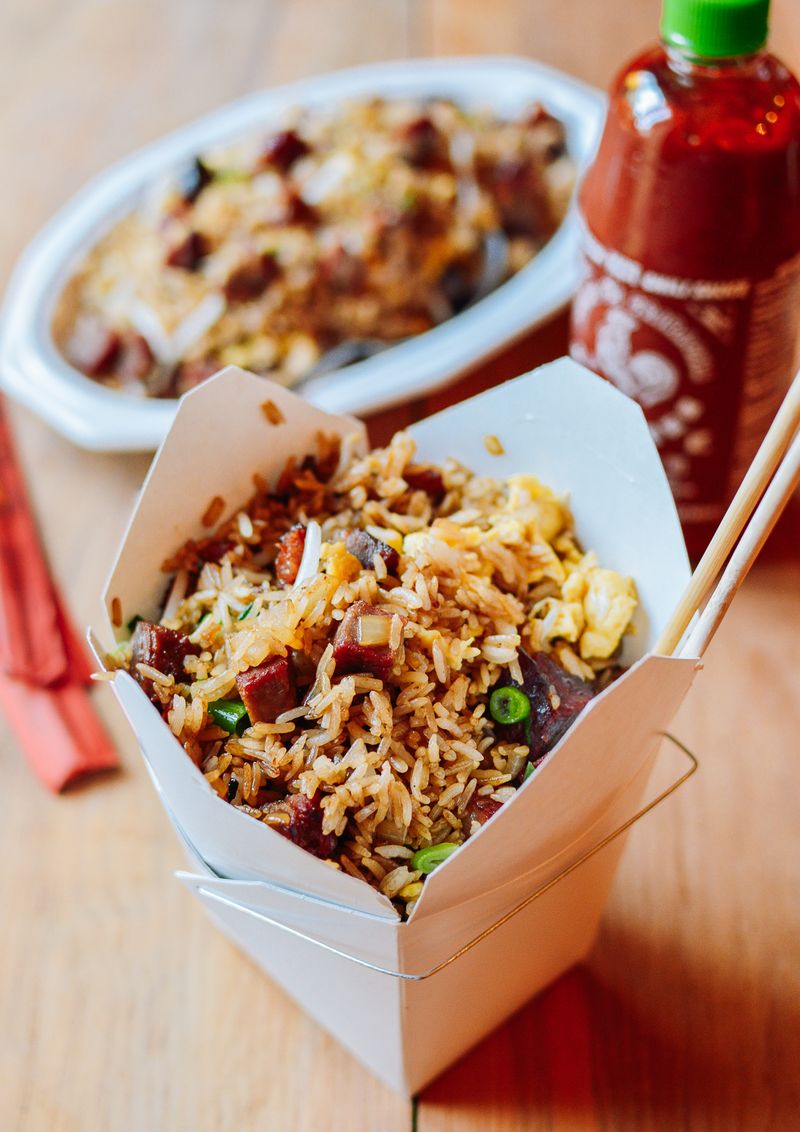
Fried rice can be a minefield of potential allergens, containing ingredients like soy, shellfish, or even nuts. This poses a significant risk for those with food allergies or intolerances.
Restaurants may not always disclose all the ingredients, leading to unexpected allergic reactions. Knowing what’s in your meal is crucial for a safe dining experience.
Opting for dishes with clearly listed ingredients can help avoid unpleasant surprises. Your health and safety should always come first when dining out.
